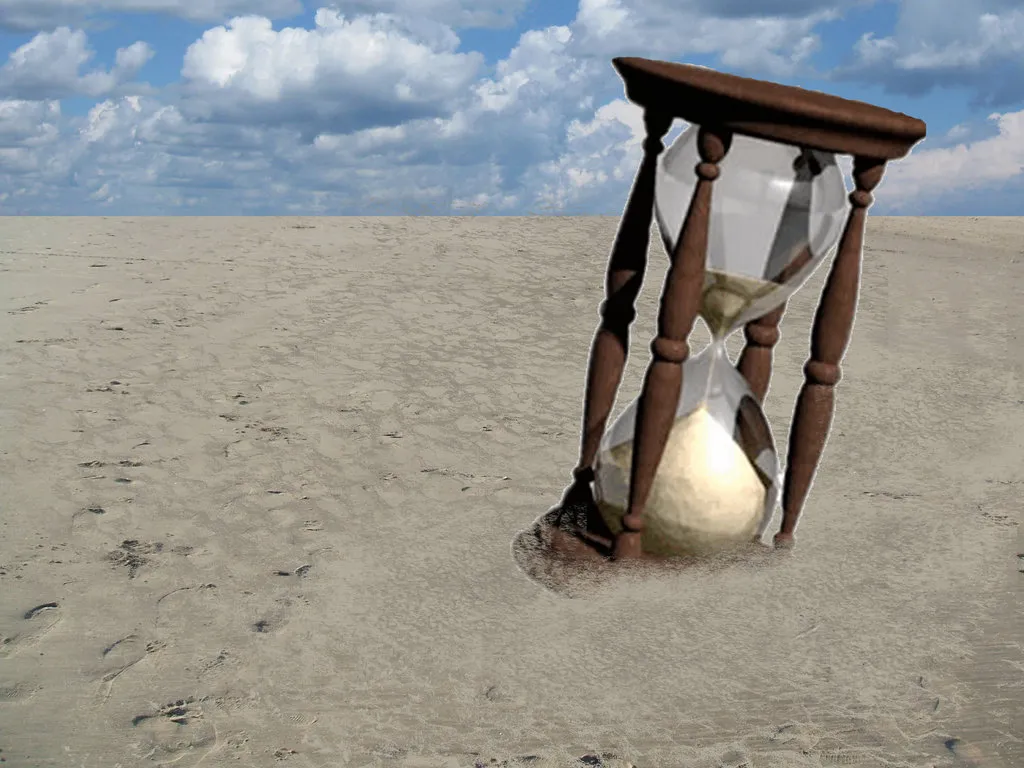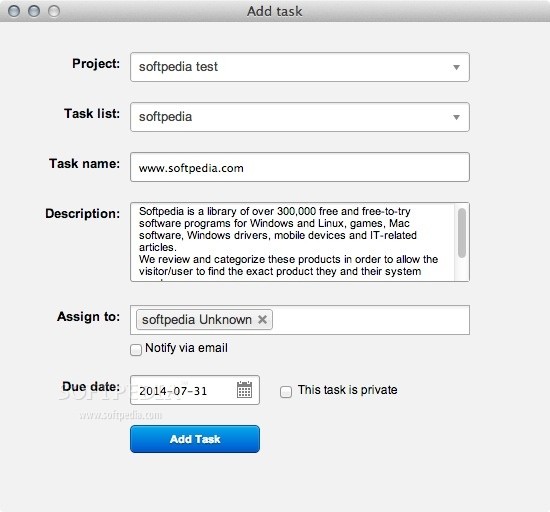


We also looked at what the existing research had to say about the relationship between Focus Time and positive business outcomes. To validate our hypothesis, we surveyed 152 Engineering Managers about how Focus Time correlates with productivity and revenue at their organizations. We wanted to see whether Engineering teams with more Focus Time enjoy greater levels of productivity and their organizations enjoy higher revenues compared with teams with less Focus Time. Unlike manpower, money, and capital, time is truly finite. “But the single most important resource that we allocate from one day to the next is our own time.” The second-most important resource that we allocate as managers is our Engineers’ time. Grove wrote in his classic book, High Output Management. “A great deal of a manager’s work has to do with allocating resources: manpower, money, and capital,” Andrew S. They’re constantly evaluating thousands of priorities. We believe that giving workers more Focus Time will help them get more done, in less time than before. He was so out of touch that journalists couldn’t contact him to tell him he’d won a Nobel Prize.įamous focusers Carl Jung, Mark Twain, and Peter Higgs Digging into the data on Focus TimeĪt Clockwise, our mission is to help the world make time for what matters. Theoretical Physicist Peter Higgs, the namesake of the Higgs boson particle, has never sent an email, surfed the internet, or used a cellphone. Mark Twain wrote much of The Adventures of Tom Sawyer in a shed in New York so far from his family they blew a horn at mealtimes.

It’s in those Focus Time periods that most workers get the majority of their real work done.įor example, in Deep Work, Cal Newport describes how Carl Jung wrote his books in a tower with no electricity to minimize distraction. Newport himself works in two 2-3 hour chunks per day. Most of us, Newport argues in Deep Work, have about four hours of deep work in us per day. When Newport looked at profiles of 25 famously prolific, creative people, he found they spent an average of 5.25 hours per day in deep work. Chunks shorter than two hours impose unnecessary switching costs. Productivity gurus including Cal Newport and Nir Eyal argue that deep, profitable work requires chunks of uninterrupted time that are at least two hours, preferably longer. How interruptions at work impact performance The importance of Focus Time Either way, it’s easy to see how a workday can flash before our eyes all while our to-do list looks the same at the end of the day as it did that morning. The problem with interruptions is that it takes 25 minutes and 26 seconds on average to get back on track. “Yet, results indicate it is difficult for people to transition their attention away from an unfinished task and their subsequent task performance suffers.” “eople need to stop thinking about one task in order to fully transition their attention and perform well on another,” Researcher Sophie Leroy wrote. This is due to a phenomenon called “ attention residue.” Research shows that when you switch tasks it takes a long time to get back to the level of efficiency you were at before you were interrupted. Even brief mental blocks created by shifting between tasks can cost as much as 40% of your productive time. Not only are distractions frequent, but they kill productivity. Why distractions are so deadly to productivity Other studies show that office workers are interrupted about seven times an hour, which adds up to 56 interruptions a day, 80% of which are considered trivial. A recent study found that a typical employee only has 11 minutes between distractions. Work from Gloria Mark at the University of California, Irvine has shown that workers typically attend to a task for about three minutes before switching to something else (usually an electronic communication).



 0 kommentar(er)
0 kommentar(er)
